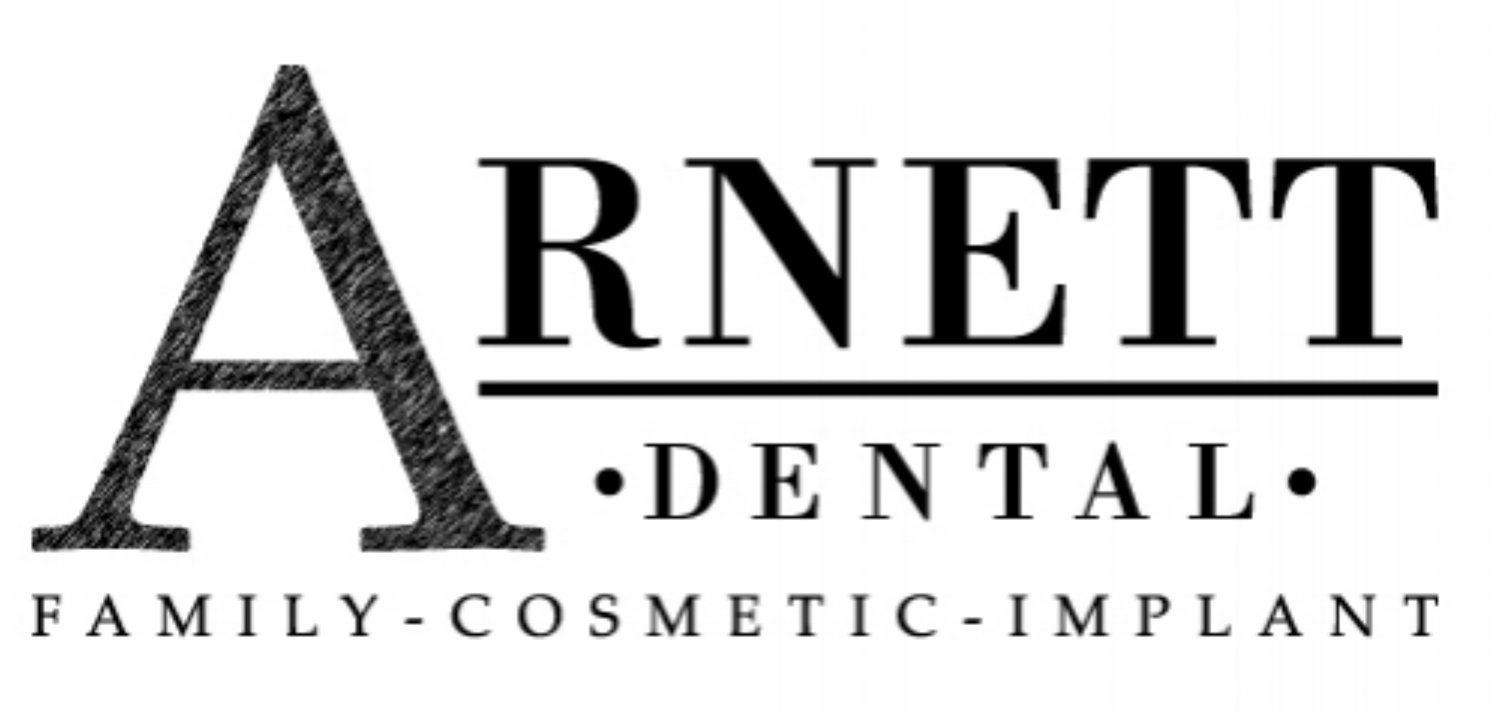Orthodontics Overview
Straight teeth, teeth with a correct bite, and teeth that are aligned properly are healthier, reduce the risk of future dental issues, and give you a big reason to smile. With straight teeth, you have a better chance of preventing plaque buildup which could lead to gum disease. With straight teeth you’re also able to chew food properly and speak better.
When it comes to orthodontic treatment options, there are many, including traditional metal braces, clear braces, Invisalign trays, lingual archwires, removable appliances, or even partial treatments. It all depends on the type of orthodontic treatment you need to achieve a balanced, aesthetic result. Your dentist will recommend a treatment based on the severity of your bite, the degree of dental misalignment, and your desires regarding treatment times and the final results.
Whatever orthodontic treatment is best for your individual case, your braces will straighten your teeth, help you bite and chew correctly, improve your appearance, improve your oral health, and help you feel better about yourself!
Braces for a Misaligned Bite
Braces correct a bad bite, called a malocclusion. This can include a crossbite, overjet, open bites, and other bite issues. Braces also fix crooked teeth. Often bad bites and crooked teeth are interrelated. Sometimes though, your teeth may appear to be straight but your jaws may be improperly aligned. You may not even notice, but your dentist can. Treatment in this case can be beneficial and prevent future problems such as premature tooth loss, extra wear to tooth enamel, speech and chewing problems, and more severe jaw problems. Jaw or tooth alignment problems can happen for a lot of different reasons. Sometimes they’re inherited, sometimes they’re caused by an injury, sometimes it’s because of a child losing their baby teeth too soon or too late, and sometimes it’s caused by thumbsucking.
The kind of orthodontic treatment you have depends on what you need to get corrected, what you prefer, and what your dentist recommends. Oftentimes your dentist will recommend a referral to an orthodontist for further evaluation. Below are some of the most common orthodontic treatment options:
Traditional Metal Braces
Traditional braces consist of standard metal brackets. This is the most common type of braces, and throughout the years have become much sleeker and more comfortable. With metal braces, you also have the option of adding colored elastic bands to make your braces vibrant, colorful and uniquely yours!
Clear Braces
Not all braces brackets have to be metal. If you want your braces to be less obvious, clear braces may be for you. Clear braces function in the same way as traditional braces, but the brackets are made with translucent materials.
Invisible Braces
Invisalign involves the use of a clear set of removable trays that are custom fitted to your teeth. Each new set of Invisalign aligners applies a slight adjustment to your teeth. Invisalign aligners are very comfortable, because they’re made with a pliable material and fit snuggly to your teeth. And because they’re removable, you can take them out while eating, drinking, brushing and flossing, so maintaining good oral health habits is easy.
Partial Orthodontic Treatment
Not everyone needs a full set of braces. Sometimes just one, two or a few teeth are misaligned. Or sometimes one, two, or a few teeth need to be moved to prepare for other dental work, like dental implants, restorations, or periodontics. It’s in these types of situations that partial braces may be used. Partial orthodontic treatment, also called limited treatment, usually requires less treatment time, and because it’s correcting a more isolated area of the mouth, also requires less hardware.
Two-Phase Orthodontic Treatment for Young Children
To create a healthy smile, a child’s teeth need to be straight and their jaws need to be aligned properly. That’s why it’s a good idea to have an orthodontist examine your child while they still have some of their baby teeth. By age seven, enough permanent teeth have emerged to evaluate relationships developing between the teeth, the jaw, and bite patterns for your child’s dentist to make sure everything in the mouth will continue to develop as it should. If early interventive treatment is deemed necessary, it will occur in two phases. The first phase will begin right away, while the primary (baby) teeth are still present. The second phase will happen as your child gets older, at the appropriate time determined by your child’s growth and development, usually as a teenager.
Early treatment will help prevent greater oral issues later, and thus more invasive orthodontic procedures when the child gets older. A little early prevention and intervention makes orthodontic work as a teenager much more comfortable and successful.


